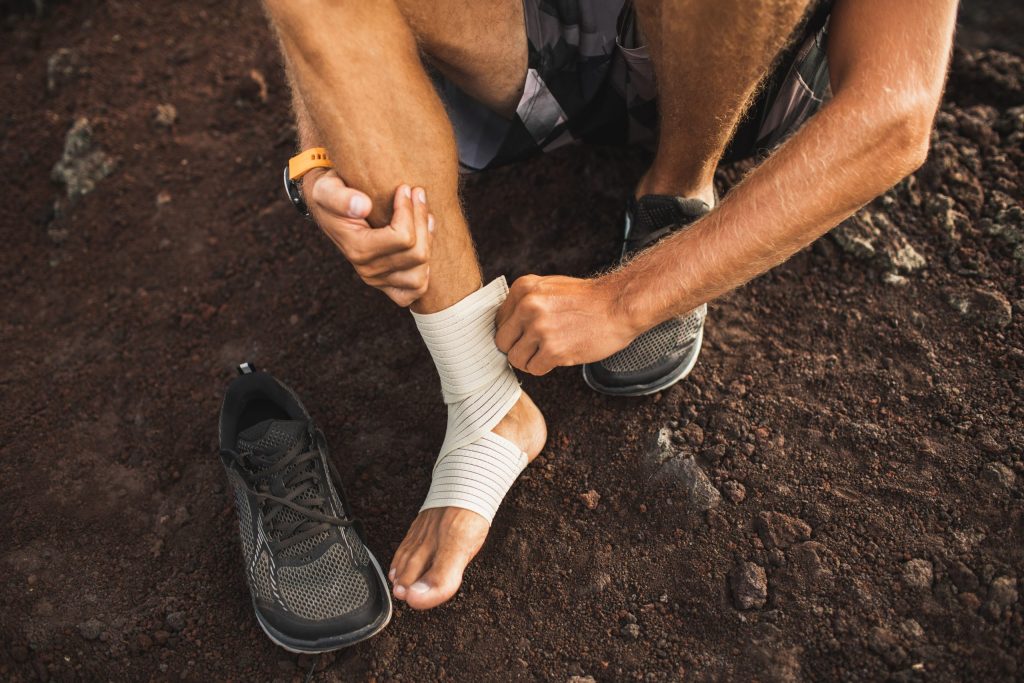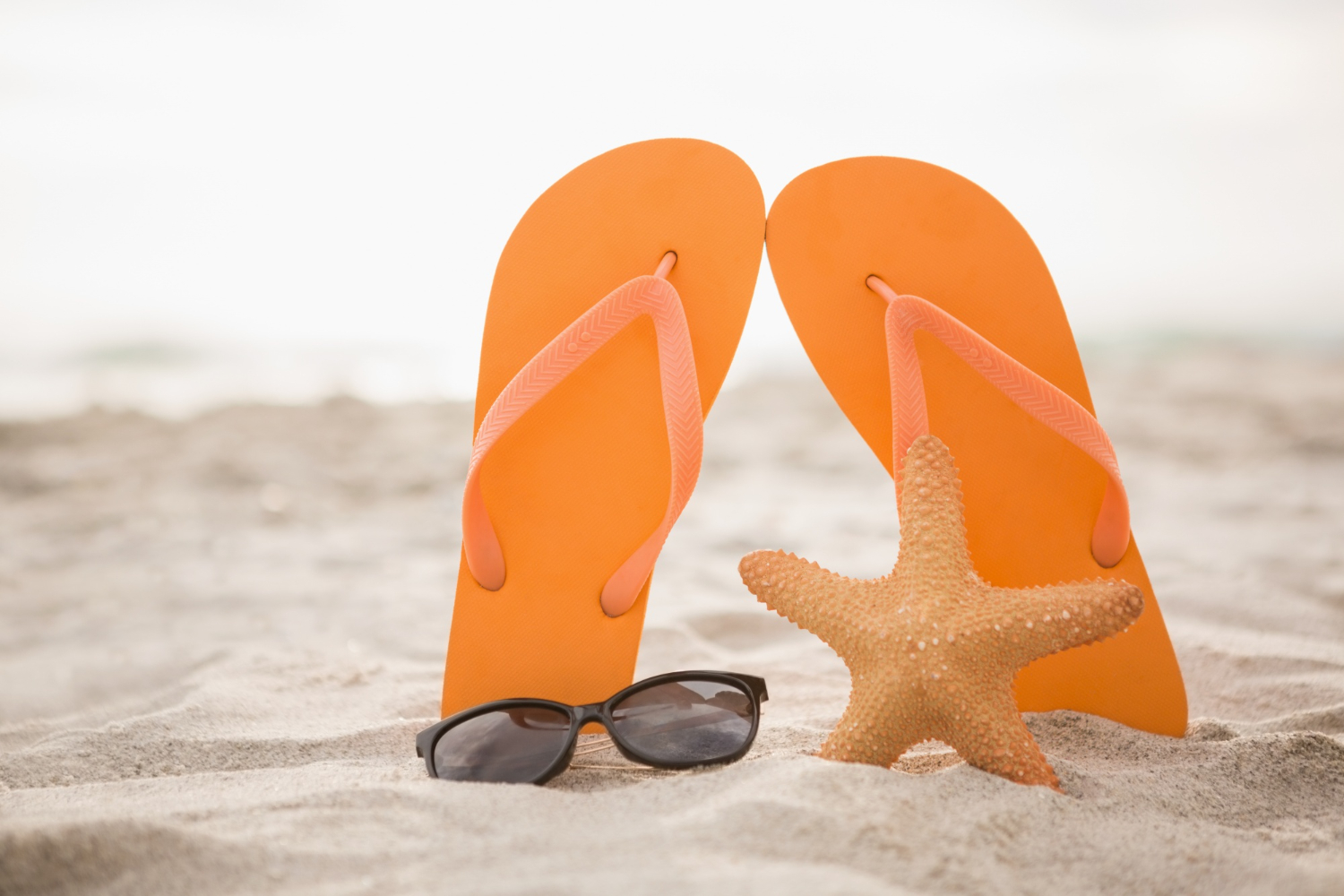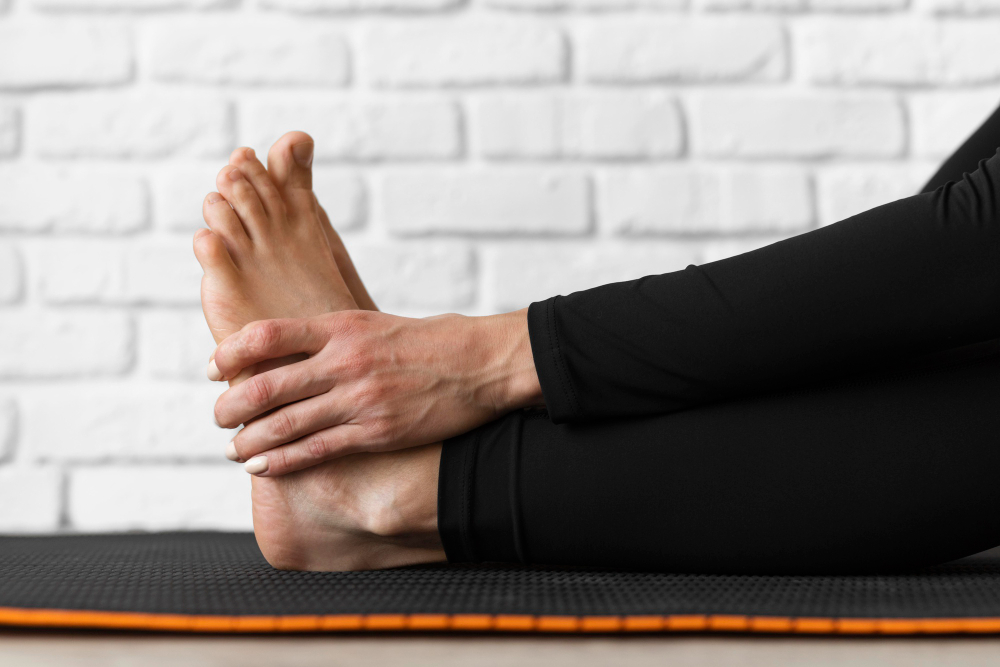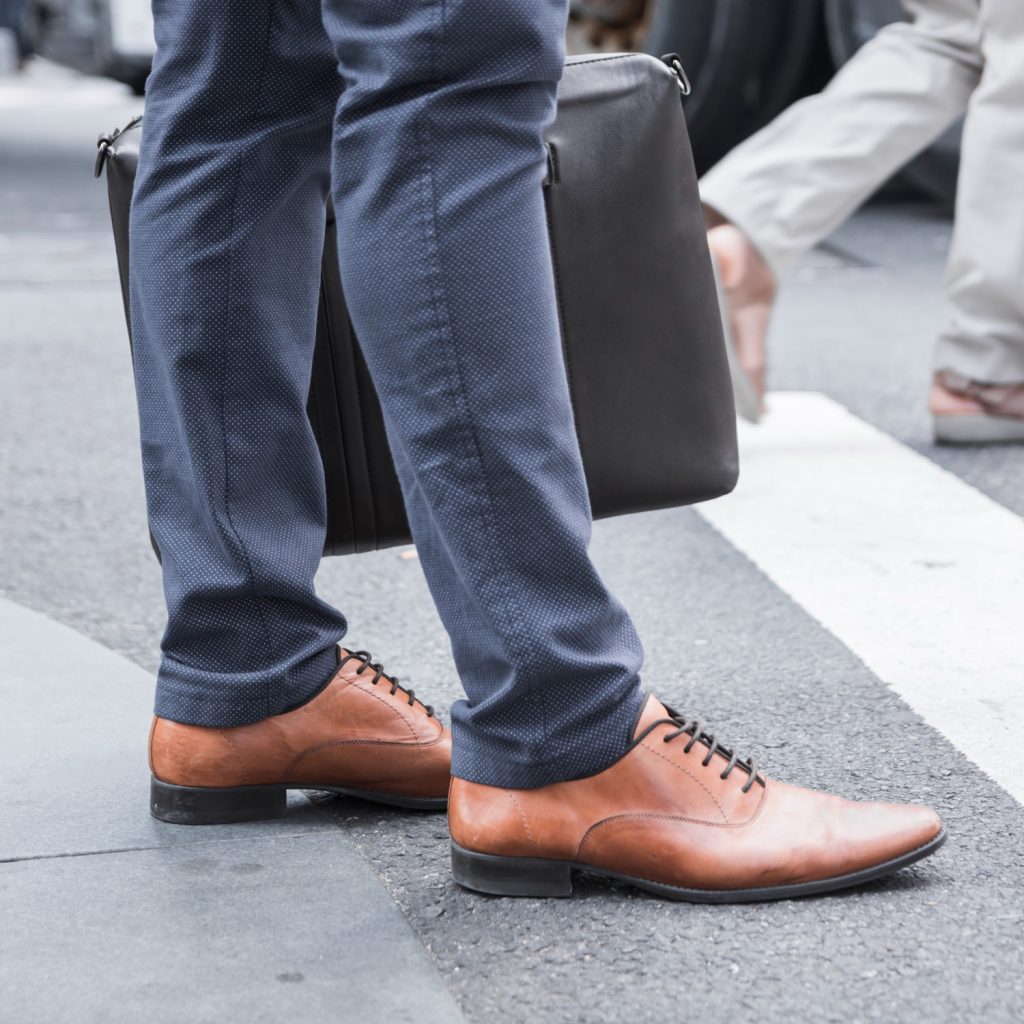Don’t Let Achilles Tendonitis Stop You!
If you’re an active person who enjoys running or playing sports, you may have experienced some pain or discomfort in your Achilles tendon at some point. This thick, fibrous cord that connects your calf muscles to your heel bone is essential for many daily activities, but it can also be prone to injury. One of the most common issues that affect the Achilles tendon is Achilles tendonitis, a condition that causes pain and swelling in the back of your leg. What Is Achilles Tendonitis? Achilles tendonitis is a common injury that occurs when the Achilles tendon, which connects the calf muscles to the heel bone, becomes inflamed. It is a painful condition that can make it difficult to walk, run, or jump. What Are the Risk Factors? Achilles tendonitis can be a frustrating and painful problem for anyone, but did you know that certain factors can increase your risk of developing this condition? There are a number of factors that can contribute to Achilles tendonitis, including: Overuse: This is the most common cause. It can occur from activities that put a lot of stress on the tendon, such as running, jumping, and dancing. Improper footwear: Wearing shoes that are too tight or do not provide good support can increase the risk. How to choose the right shoe? Age: It is more common in older adults. This is because the tendon tends to weaken with age. Injury: A previous injury to the Achilles tendon can increase the risk of developing tendonitis. Don’t Ignore These Warning Signs The symptoms of Achilles tendonitis typically include: Pain in the back of the heel or lower leg Stiffness in the heel or lower leg Tenderness to the touch Swelling Difficulty walking, running, or jumping If you are experiencing any of these symptoms, it is important to see a podiatrist. They can diagnose the condition and recommend treatment options. How to Treat and Heal Your Painful Heels The treatment for Achilles tendonitis typically includes: Rest: This is the most important part of treatment. It allows the tendon to heal. Ice: Applying ice to the affected area for 20 minutes at a time can help to reduce pain and swelling. Compression: Wrapping the affected area with an elastic bandage can help to reduce swelling. Elevation: Elevating the affected area can help to reduce swelling. Medication: Over-the-counter pain relievers, such as ibuprofen or naproxen, can help to relieve pain and inflammation. In some cases, your doctor may prescribe stronger medication. Physical therapy: Physical therapy can help to strengthen the muscles around the Achilles tendon and improve flexibility. In some cases, the condition may be more severe and require more aggressive treatment, such as surgery. Simple Steps for Preventing Achilles Tendonitis While there’s no surefire way to prevent Achilles tendonitis, there are some steps you can take to lower your risk and protect your Achilles tendon and also prevent the condition from getting worse, for example: Warm up before exercising. Stretch after exercising. Wear shoes that fit properly and provide good support. Gradually increase the intensity and duration of your workouts. Listen to your body and take breaks when you need them.
Don’t Let Achilles Tendonitis Stop You! Read More »










